PlantPlace - Mobile Application for Plant-lover Community
One-Line Summary
This app aims to make it more convenient and economical for people to network with other plant lovers and get their favorite plants or offer their plants.
Description
This app allows people to post and share their wish lists and offer lists, and give the individuals with the right information based on the information of plants and other personal preferences. The app thus provides a map that displays all locations of community gardens and nurseries within the proximity of users.
Tools
paper, Figma
Date
9.2022 - 11.2022
Work Type
Personal work
Instructor
Tonya McCarley

Problem Statement
There is a big group of plant-loving people keeping plants at home or looking for plants in urban areas. Millennials have been responsible for 31 percent of houseplant sales since 2016, and that trend shows no sign of stopping. Especially since the Covid lockdowns, filling houseplants into social lives and apartments with an influx of flora has become a growing trend. Many people may look for free plants or other things that are necessary for planting including plant containers, fertilizer, and soil. Meanwhile, there are also some people, who have plant seedlings, and want to share them with someone who really likes plants. Or some people want to share their plants for free or exchange plants but can not find the right people to offer them. For those who want a more sustainable lifestyle or are looking for free offers, there is a need for a platform, where plant lovers can share or exchange. There is a need to provide plant lovers with a networking opportunity to share their information.
Solution Overview
This app will allow people to post and share their wish lists and offer lists, and give the individuals with the right information based on the information of plants and other personal preferences.
The app thus provides a map that displays all locations of community gardens and nurseries within the proximity of users.
Features
● Allows users to share and organize what plant they are looking for and what plant they are offering, and match users based on their needs.
● Allows users to search for open community gardens and nurseries within their proximity.
● Allows users to discuss in different discussion groups, chat directly, and make comments on items in other’s wish/offer lists.
Target Audience
My primary audience is young people, who love plants and look for free plants and make new friends with other plant lovers. These groups of people are almost living in cities and are at the start of a job or studying in universities.
The secondary audience is middle-aged and old people, who have been spending a lot of time maintaining gardens/backyards or are interested in planting, and are always willing to share their people. The experience of planting of all these people can vary from entry-level to professional.
Another audience is community gardens that are willing to accept the donation of plants and offer free plants to residents in the neighborhood. Nurseries are also the target audience, who is willing to provide the service of paid recovery of plants and seedlings.
Personas & Story Map

Design Development
Sketched Concept/Brainstorm
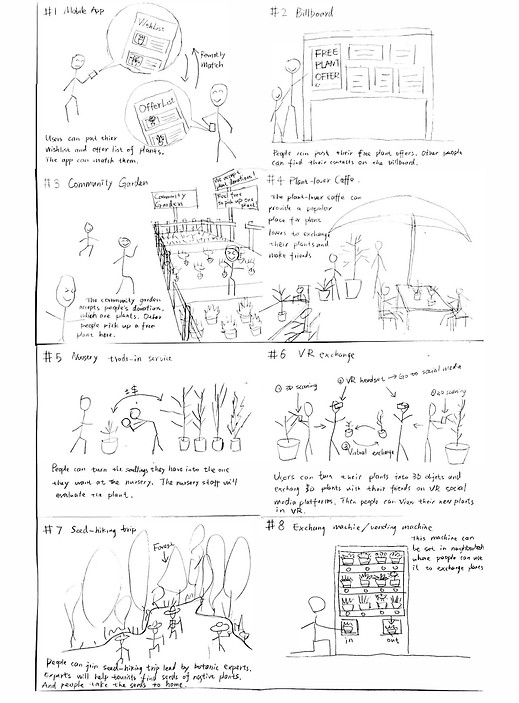

QOC Analysis

Final Decision

For the login option, logining with social media account can give the user more opportunity to communicate with their friends and can save time for setting up a new user profile. In addition, using manually-set home location can protect users’ privacy because they will not be tracked when using the app.
For search option, there is a tradeoff between map view and list view on a screen. The map can be more explicit for users and they easily find the location of a places. However, the map view can not display too much information or locations at a time because that will be too arousing for users to make a decision. The list view is more organized but can not provide the coordinates of a place.
Therefore, filtering, ranking, pre-selecting places on a list and viewing them on the map for details will be a better combination. Further more, private comments, saving locations for checking later, and sharing places with friends for more thoughts are all good options contributing to the decision making process.
Paper Prototype

Digital Prototype
Flow 1: Search
log in >
set up a location for searching >
filter the results >
get results in the proximity >
rank the results >
browse the results >
contact users or places /
save the result in collection >

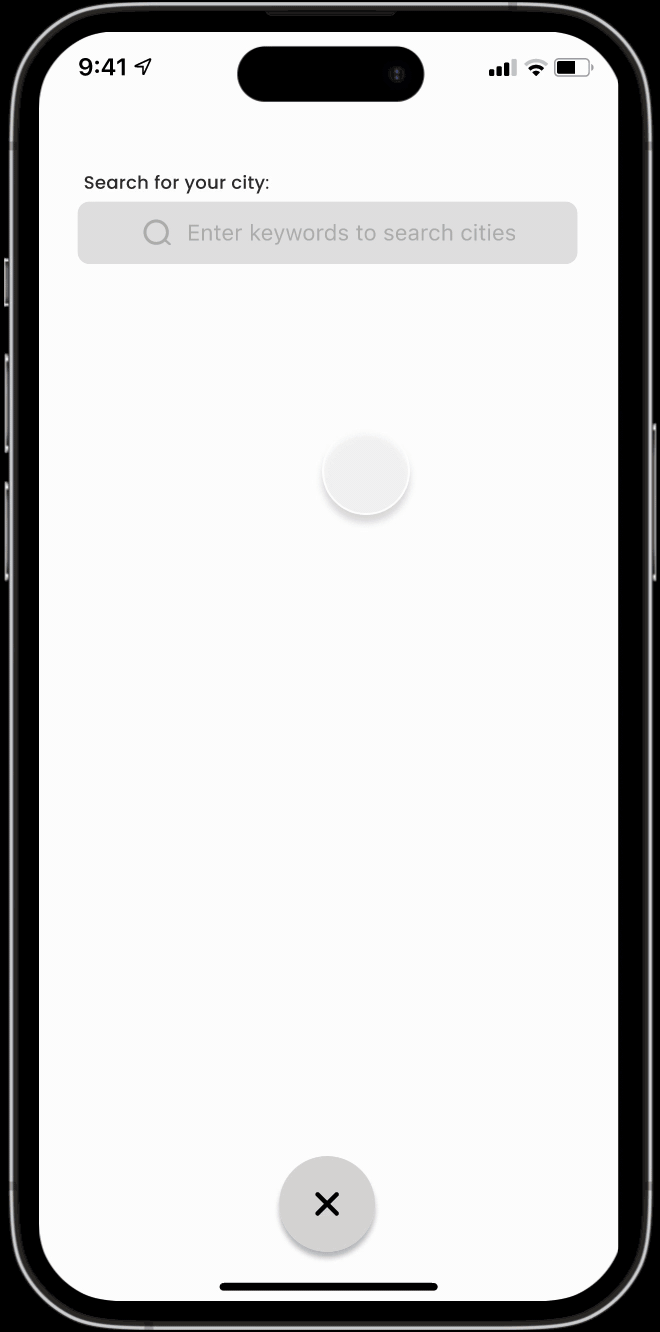
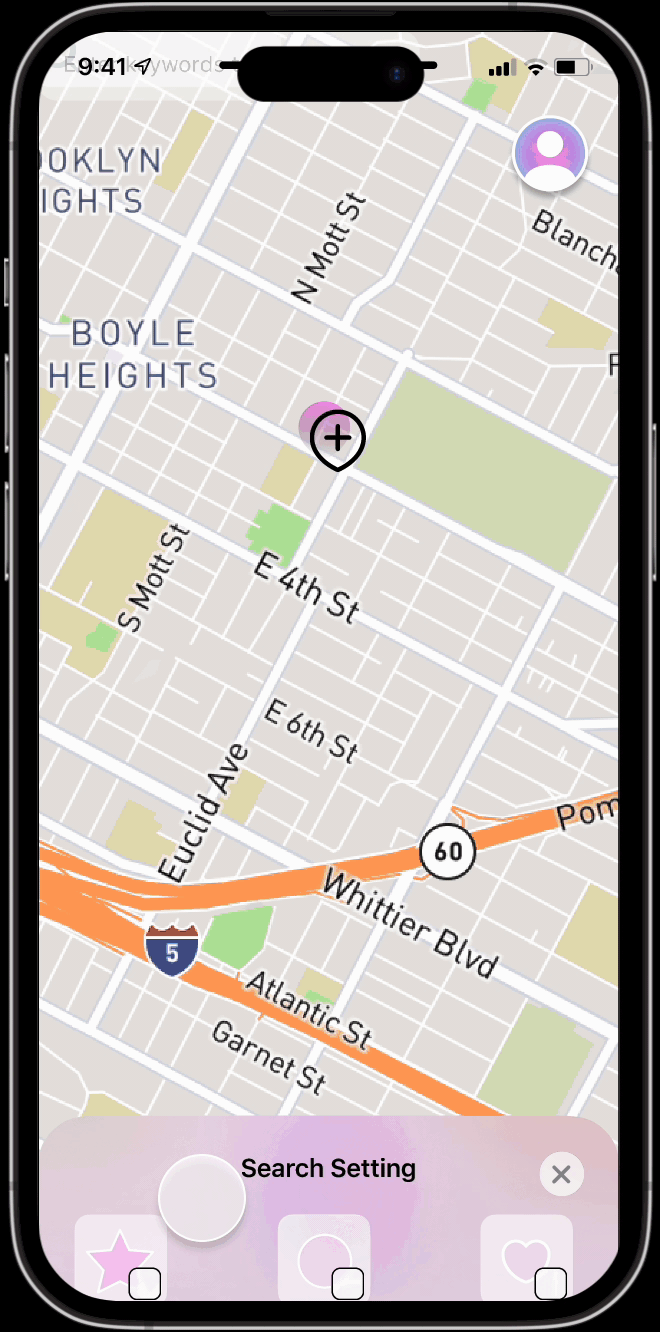
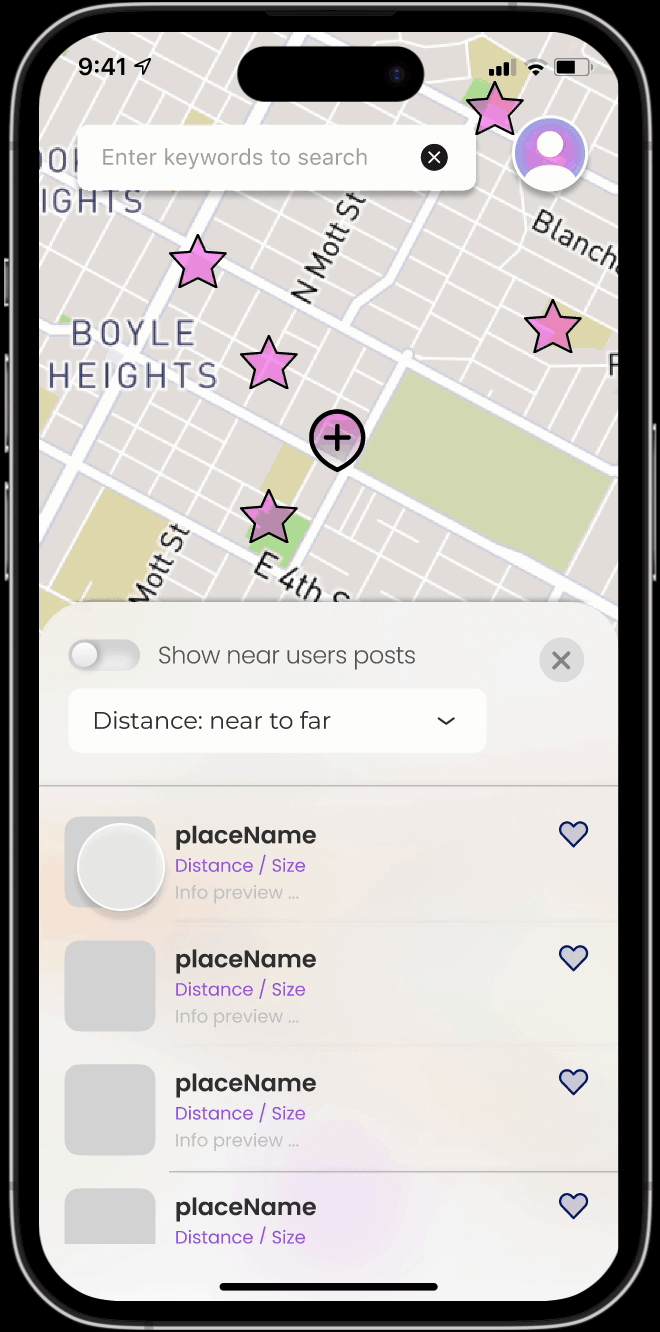
Flow 2: Post
Open your list >
add a plant >
add photos) >
set information >
add new plant into the list
Flow 3: Community
open your profile >
search for a friend>
open your friend’s page >
check plants in your friend’s list

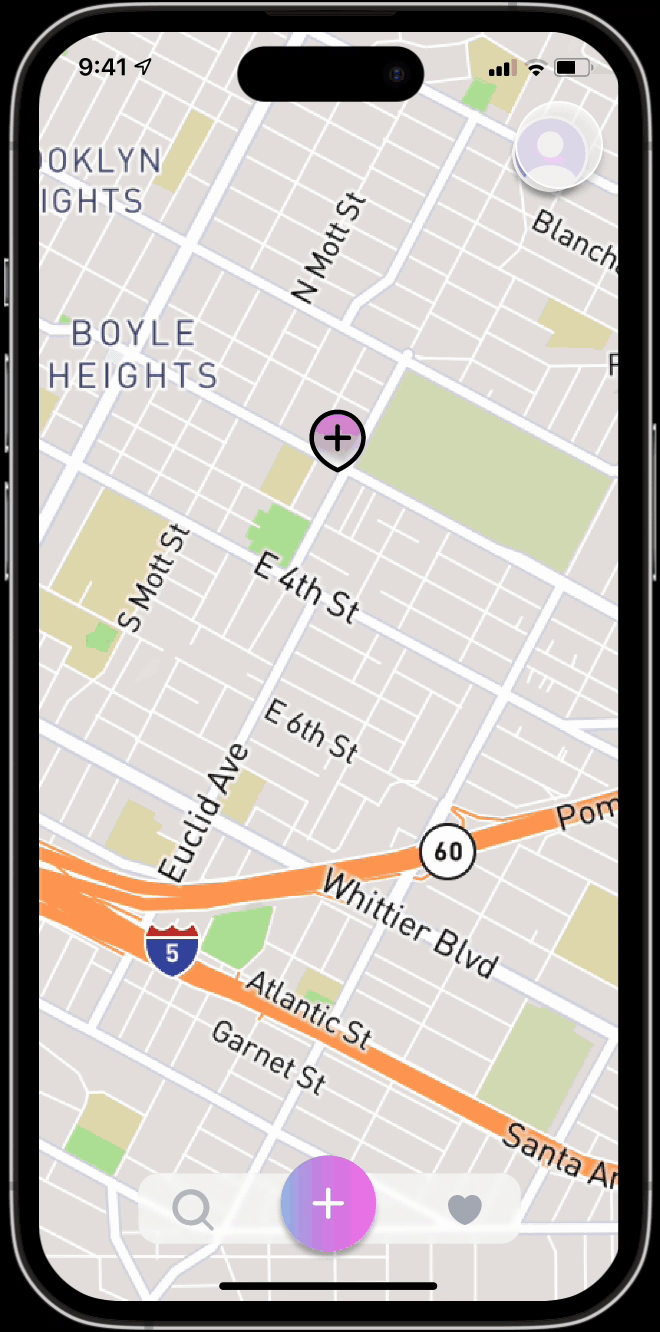
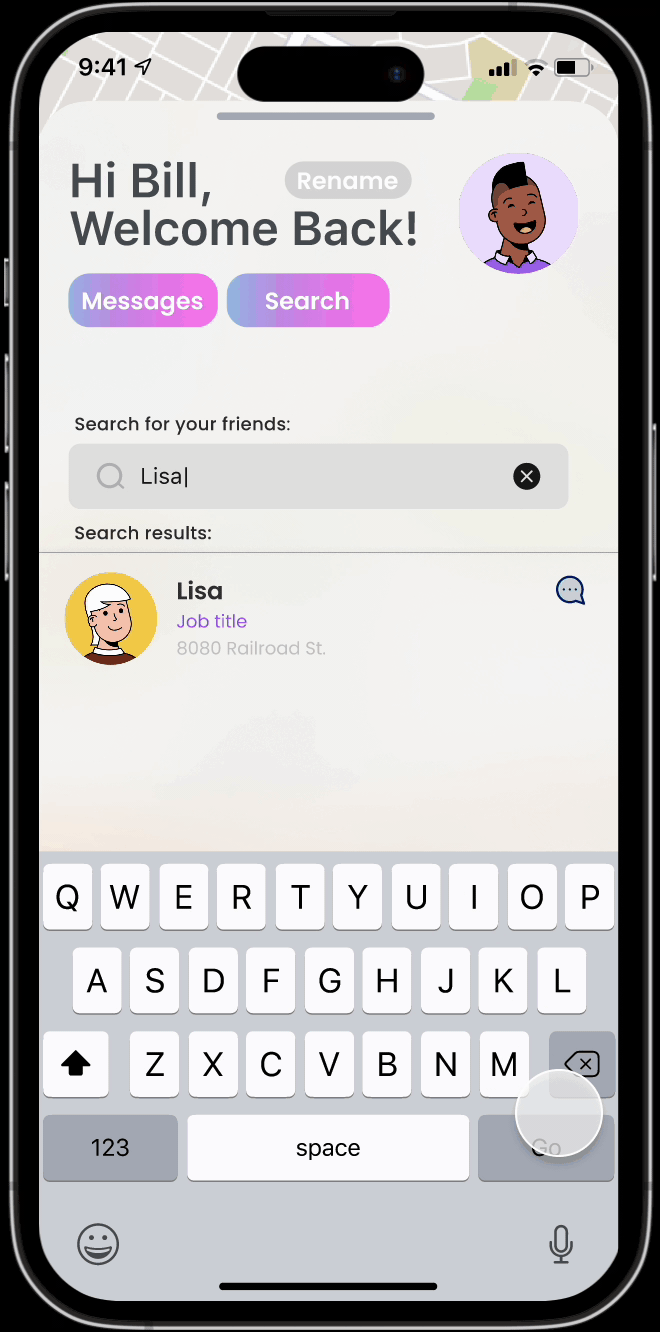
Main Changes
The process of setting up the location for searching was always changed in the design process. In the initial sketches, the location of the user is set up by tapping the map, and once it is set it can not be changed anymore. But in the real world, it is very common that people may move to other places, and users may just set the wrong location by accident. In the low-fidelity prototype, the location can be changed. However, the problem is that without the GPS information, the app cannot show the right city in which the user is living. In this case, the user will find it difficult to zoom in on the map. In the final digital prototype, before setting the location, users can type to search for their cities first. Then, they zoom in and drag the map to find the right location in the city. A cursor fixed in the center of the screen can help users to get the accurate location. So users don’t need to tap on the screen.
Another main change is that the comment function was removed in the digital prototype. This is because too many comments could distract the user and won’t help the decision-making on plant selection. In addition, the direct chat function already provided users with the mean of communication with others.
Impact & Design Philosophy
The app will help build up a sense of community that can connect various groups of people of different ages. And the app is trying to encourage people to get back to in-person interaction from the Internet and keep them being touch with nature to gain better mental health.
My design philosophy is that the user’s privacy is always my first priority, and I want to make sure users can easily use the app with the least learning time. I want to convey a sustainable healthy lifestyle, a value of nature, and a concept of community. Therefore, I embedded a community-scaled network based on plants in my designed system.